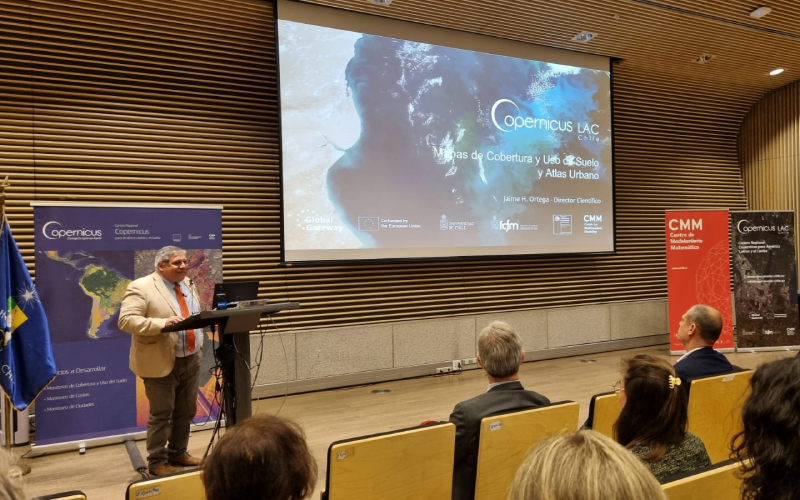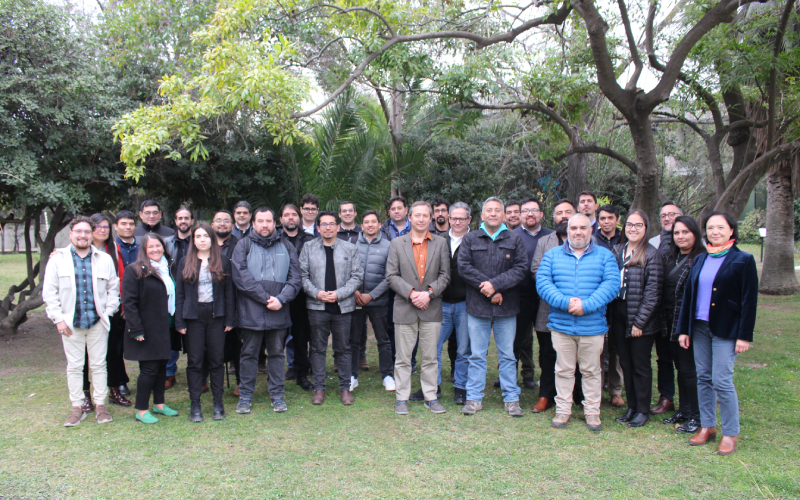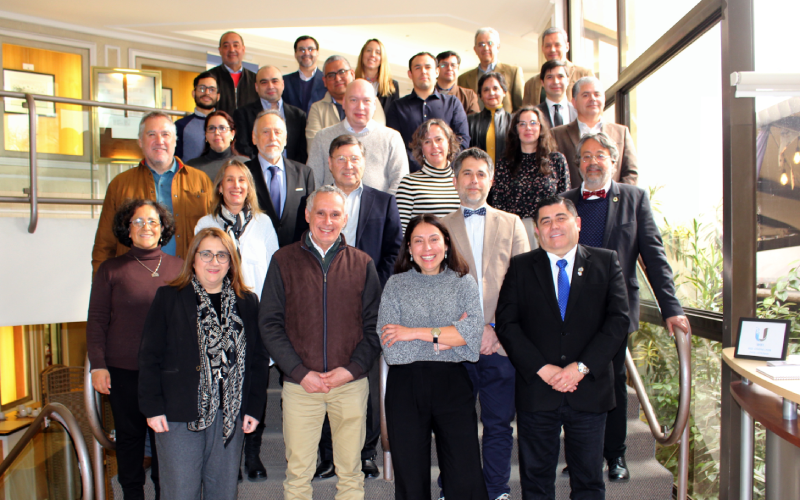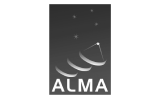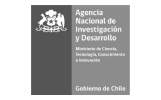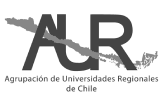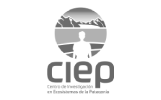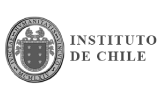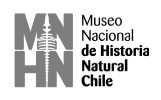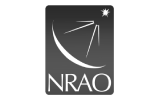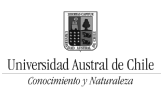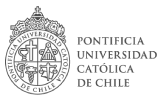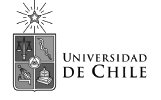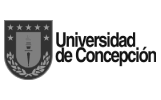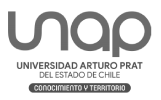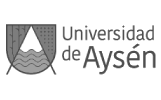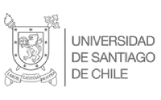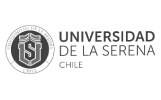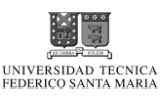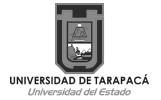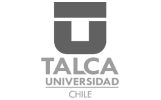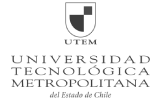Mexican, Costa Rican, and Chilean NRENs joined this meeting led by renowned Japanese surgeon Dr. Shuji Shimizu, thanks to the Chilean academic network support.
DVTS (Digital Video Transport System) was classified by participants as a high quality image platform, easily operated with low set-up cost, during the first tests of this service’s operation in Latin America. The activity was led by Dr. Shuji Shimizu using the same DVTS videoconference system
The DVTS demonstration was developed during Dr. Shuji Shimizu’s —president of TEMDEC— visit to RedCONARE in Costa Rica. During his presentation, Dr. Shimizu highlighted the possibilities of DVTS in telemedicine. This software was developed in the frame of WIDE project (http://www.wide.ad.jp/) in Japan, which allows transmitting a digital video source through IP networks using video cameras connected to computers that also permit streaming reception.
Among the applications of telemedicine of the DVTS system, Dr. Shimizu highlight the possibility to transmit high resolution and definition images without the need of processing or compressing them “something essential for remote medical diagnostics and treatments” he stated, “as well as professional education and the possibility of sharing experiences and study cases through videoconference”.
It is important to point out that this is the first time the DVTS system is used outside of Japan. The activity was open and aimed to the Latin American academic networks. Coordination and technical aspects of the set-up of this system were led by REUNA’s IT department, due to TEMDEC donated a DVTS MCU in 2013 (QualImage/Quatre developed in Japan by ISID Ltda.) to REUNA. This donation to the Chilean academic network is a contribution to the development of telemedicine infrastructure in Chile as well as in the rest of Latin America; this is the first equipment to be installed in the region.
Additionally to the large number of physicians and technical staff from the RedCONARE network who attended Dr. Shimizu’s demonstration in Costa Rica, there was a remote connection of the Mexican (CUDI) and Chilean (REUNA) NREN.
In the words of Dr. Álvaro de la Ossa —executive director to RedCONARE—the DVTS system “provides a good quality image when compared to other teleconferencing technologies, and these characteristics are not limited to work and research in telemedicine, but can be used in other scientific disciplines”. The executive director also pointed out that the DVTS system as a low cost technology, easy to install and set up, which makes accessible to a wide audience.
After the videoconference, Dr. Álvaro de la Ossa informed that RedCONARE has two other projects to be developed using this technology “one of them is data exchange, knowhow, and experience between Costa Rican physicians who are already members of the World Gastroenterology Association associated to Dr. Shimizu, interested specialists from the Escuela de Medicina de la Universidad de Costa Rica (minimally invasive surgery), and the Hospital de Especies Menores y Silvestres de la Universidad Nacional (veterenary endoscopy). We are also going to work with physicians and engineers of the Caja Costarricense del Seguro Social (CCSS, universal social security in Costa Rica) to integrate research efforts which, to date, are done separately in CCSS hospitals and the UCR Medical School”.
Harold de Dios Tovar, coordinator of the Multicast workgroup in CUDI, commented that this system allowed them to “strengthen medical services in pre-diagnostics, diagnostics, intervention, follow-up and remote medical training in areas such as endoscopy, laparoscopy, urology and others”. He also stressed that working with this technology would strengthen contact between health communities in the Asia-Pacific research and education health network with health communities in Latin America and the Caribbean.
The DVTS system is available to all REUNA partner institutions as well as for the academic networks in Latin America. For more information contact servicios@reuna.cl or (56 2) 23370382.
TEMDEC (Telemedicine Development Center of Asia)
The aim of the Telemedicine Development Center of Asia (http://www.aqua.med.kyushu-u.ac.jp/eg/index.html) is to establish a communication point between the different countries in Asia using high velocity networks and advance technologies. Although the Kyushu University Hospital formalized its creation in 2008, TEMDEC’s area of telemedicine between South Korean and Japan activities started in 2002. Some of their activities are:
• Long distance training
• Remote patient care (remote consultation)
• Development and application of new technologies
• International exchange program center for physicians and engineers
• Medical Work Group Coordination (http://apan.net/wg/medical.php) of the Asia-Pacific Advanced Network (http://apan.net/)


